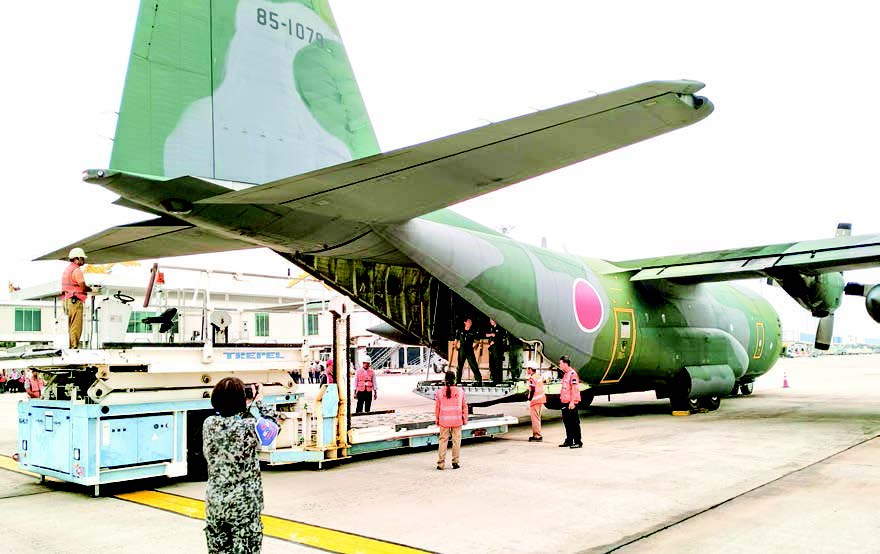THE Ministry of Transport and Communications has been working to ensure smooth and accessible travel for people affected by the natural disaster and facing difficulties due to the earthquake. Both the aviation and maritime transport sectors have been operating efficiently, with daily updates issued to keep the public informed.
In the maritime sector, to maintain the regular transport of passengers and goods between Mandalay and Sagaing, a total of 1,538 cargo vehicles and 744 small passenger vehicles were transported by privately owned vessels and barges between the Shwekyatyet Jetty in Mandalay and the Sagaing Jetty from 31 March onwards. In addition, three cargo vehicles carrying relief supplies were transported free of charge.
In the aviation sector, international aircraft carrying relief supplies, provisions, medicines, and rescue teams began arriving daily on 29 March 2025 at Yangon International Airport, Nay Pyi Taw International Airport, and Mandalay International Airport. As of today, a total of 104 aircraft have landed, delivering 1,966.849 tonnes of relief supplies. The respective airports have been providing free ground handling services for these rescue flights, including manpower and equipment.
Moreover, domestic flights resumed on 5 April 2025 at Mandalay International Airport and Nay Pyi Taw International Airport. As a result, Myanmar National Airlines, Mann Yadanabon Airlines, Mingalar Airlines, and Air Thanlwin Airlines are operating regular services. Within four days, 83 flights were successfully operated.
In the railway sector, several sections of the Yangon– Mandalay railway damaged by the earthquake have been repaired. From 5 April, regular services have resumed as follows: DEMU express trains Nos 7 and 8 on the Yangon-Nay Pyi Taw route; trains with airbag coaches Nos 27 and 28 on the Nay Pyi Taw-Mandalay route; and trains with airbag coaches Nos 11 and 12 on the Yangon-Mandalay route. Additional cargo trains are being deployed to support the smooth flow of goods. Regular services are also running daily on the Yangon-Pyay, Yangon-Mawlamyine, and Pathein-Kyangin routes.
In the telecommunications sector, more than 6,700 mobile communication stations in earthquake-affected areas were initially out of service. Of these, 6,000 have been repaired, representing approximately 90 per cent, while work continues to restore the remaining stations. — Ministry of Transport and Communications/MKKS


